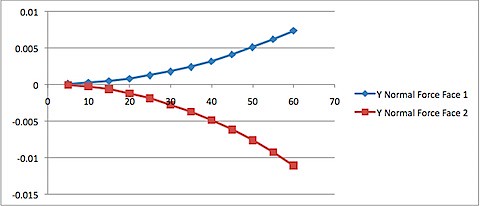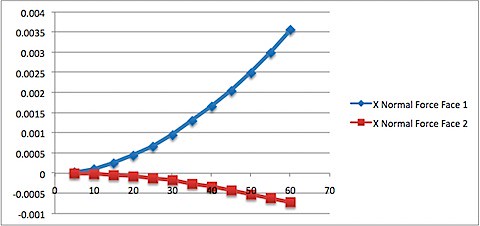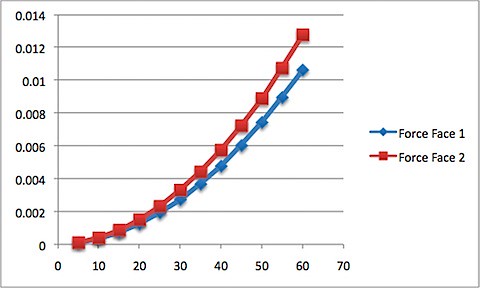http://scienceblogs.com/aardvarchaeology/2008/03/pimp_my_grant_proposal.php
In the blog "aardvarchaeology," Martin Rundkvist shared with his readers a recent grand proposal he is sending out to the Swedish Research Council. This is a cool part about the current state of the internet: sharing of information of all kinds. In the old days, proposal were all paper and basically inaccessible to anyone since they ended up at grant agencies and few folks were willing to "publish" them in any traditional format. Now, we can read and provide feedback on research ideas in real time. Cool.
You can read his research proposal here.
While I appreciate the general ambition of the work, the proposal characterizes many of problems that plague research in the cultural phenomena: common sense thinking. Here, Rundkvist, an avid advocate for science based research, succumbs to the blind spot most have when trying to explain human behavior: the illusion that we can make observations that are not simply about ourselves. Lacking any theory for his units (e.g., sacrificial sites), he basically is going to end up demonstrating that there is stuff out there and will construct some kind of plausible story to make it all seem explained. But it will simply be a good ripping tale, not science. In the same way that the Flying Spagetti Monster is also a good ripping tale. Or that old dude that supposedly wrote that book. Or whatever.
Here are my comments from the Rundvist blog. Although perhaps unintelligible or a major wet blanket, I really do mean these things in the best possible critical sense.
One concern I would have about this proposal if I were reviewing it is whether or not you are going to get "results" regarding spatial distributions regardless of what you do. In other words, I would be shocked if you didn't falsify the notion that the features you are looking for are randomly distributed about the environment. Why would they be? Falsifying the random distribution hypothesis only falsifies statements from probability theory, not archaeological theory. If not random, then what? Who knows? -- especially since the observations have no necessary links to each other and have no necessary connection to the way in which you propose to describe the landscape.
Ironically, the criticism of ad hoc descriptions is one that often gets forward for non-science arguments such as intelligent design. In these cases, the world is interpreted through a filter of "intelligence" that based on an a priori assertion. Scientists and philosophers alike have raised this point countless times. The ironic part is that when it comes to cultural phenomena, the same kind of assertive logic is used. Traditional (i.e., common sense) descriptions are used to assert intelligence through the recognition of "obvious" patterns. Of course, these patterns are a construction of description. In the case of science, the descriptions are theory formed. In the case of studies of cultural phenomena like archaeology, they come from simple common sense (i.e., "sacraficial site"). In your case, your intent is good but the nouns used throughout the proposal are just english words with no particular meaning except for the assumed one taken by the writer and reader (which are not necessarily the same).
Thus, sad to say, your empirical study is effectively a version of an interpretive intelligence design argument where the creator is a simply reflection of ourselves (often the "rationale human") or some abstract version there of (think about Paley's watch - how do we know its not "natural"? because it's made by an intelligent design -- who? europeans). This is, of course, the post-modern critique. However, the solution isn't to throw one's hands up and say its all relative, but to construct explicit units with explicit relations that can be integrated into explicit explanations. We must make our biases and our meanings explicit rather than cryptic. This is the role of theory. Indeed, it is evolutionary theory that makes units of observation (species, genes, clades, etc) meaningful and capable of generating cumulative knowledge.
There are folks who will argue that it doesn't hurt to collect information without having meaningful observation units: but this is often not the case in archaeology where the phenomenon is destroyed during the process of observation (i.e., excavation) or when the resource is under threat of construction. My point is that we shouldn't take such easy potshots at intelligent design advocates and then permit such sloppy thinking in our own discipline. Science is not just quantification but qualification THEN quantification. Numbers, GIS, maps, spatial patterns, and surveys don't matter without units.
Of course, your proposal largely follows the standard archaeological tradition of "let's do a survey" and see what we find and perhaps that is what your funding agency expects. However, from the point of view of an advocate of science I expect more




